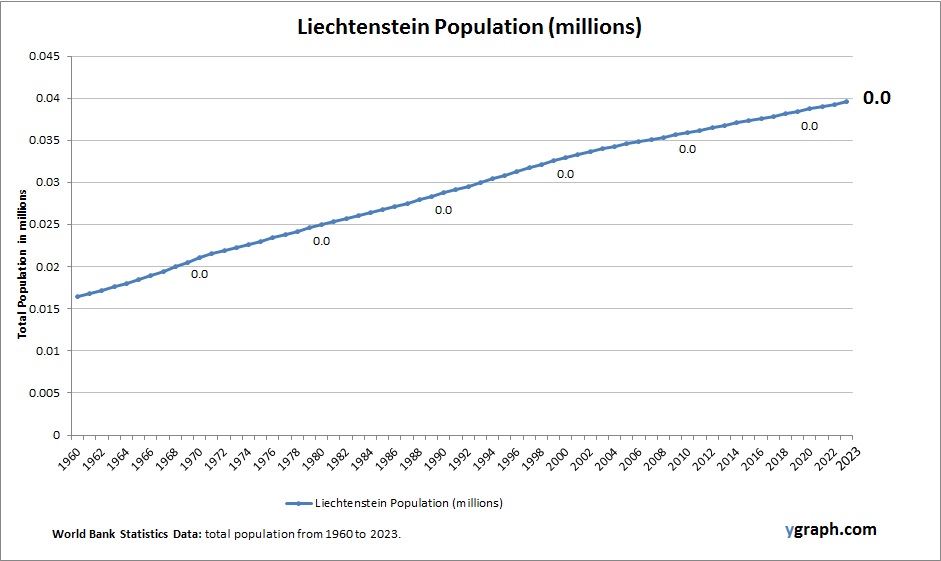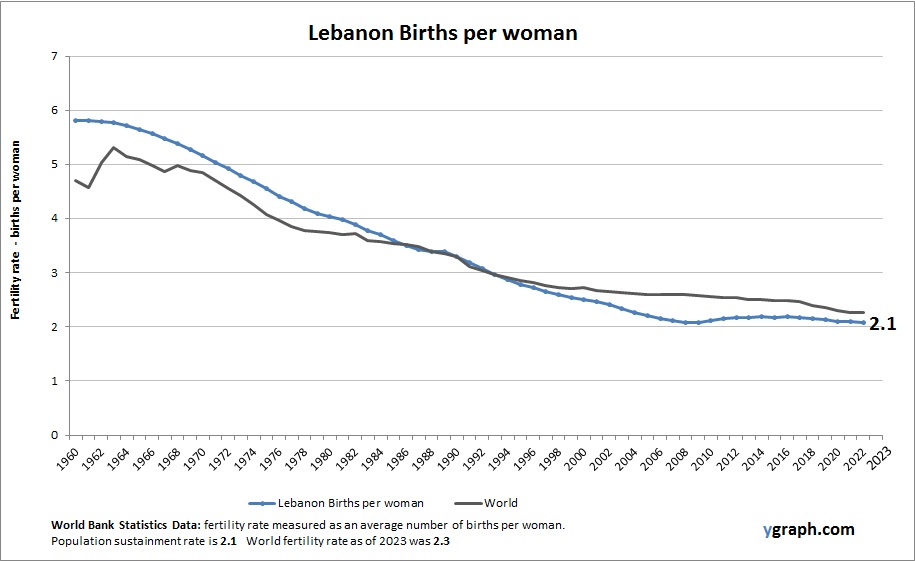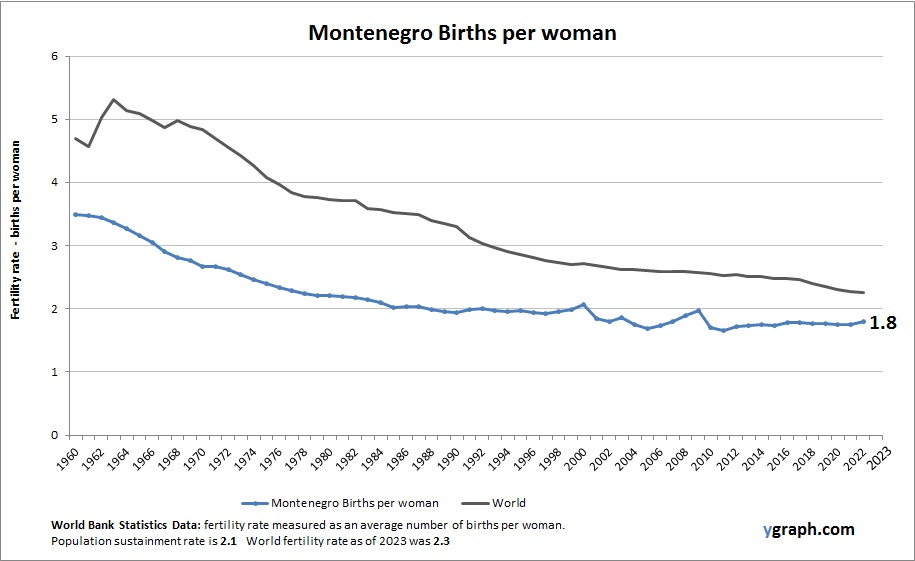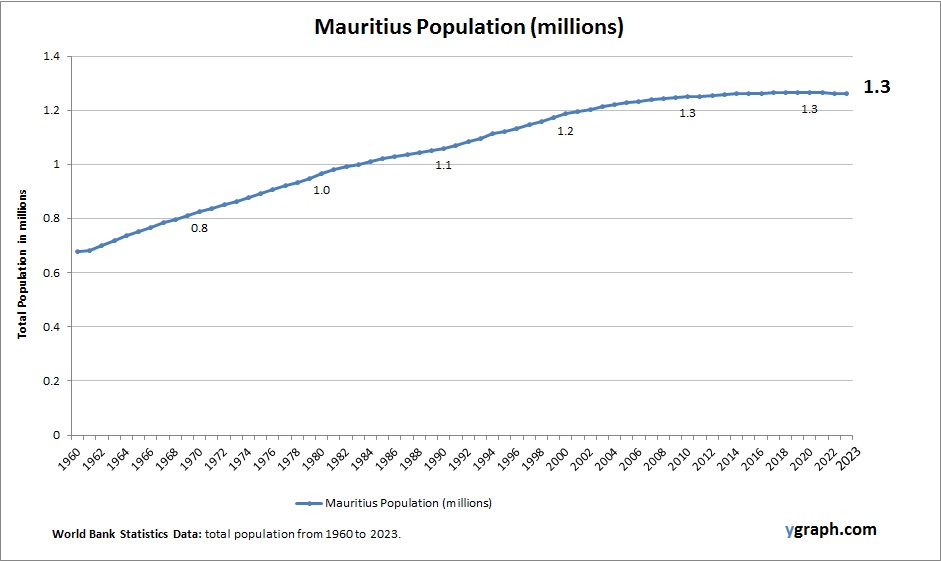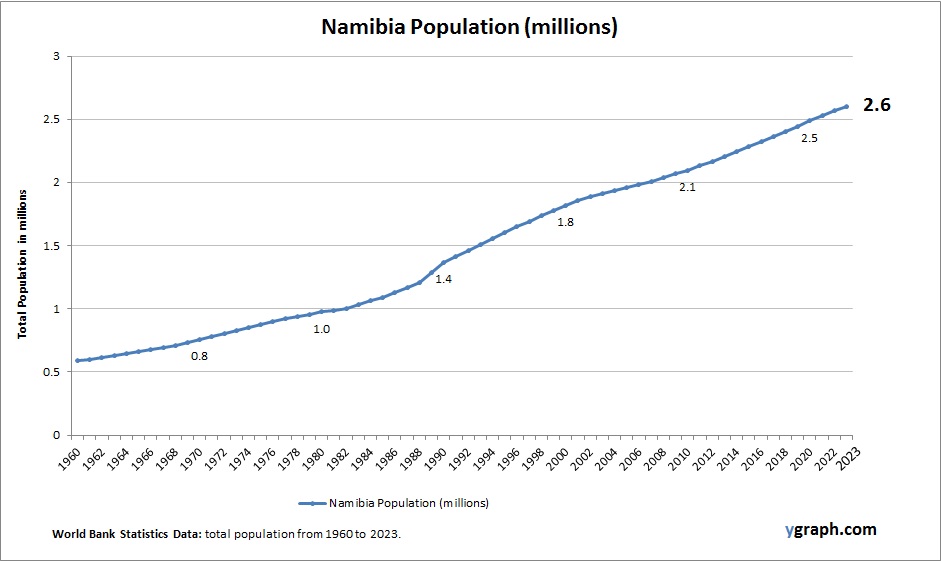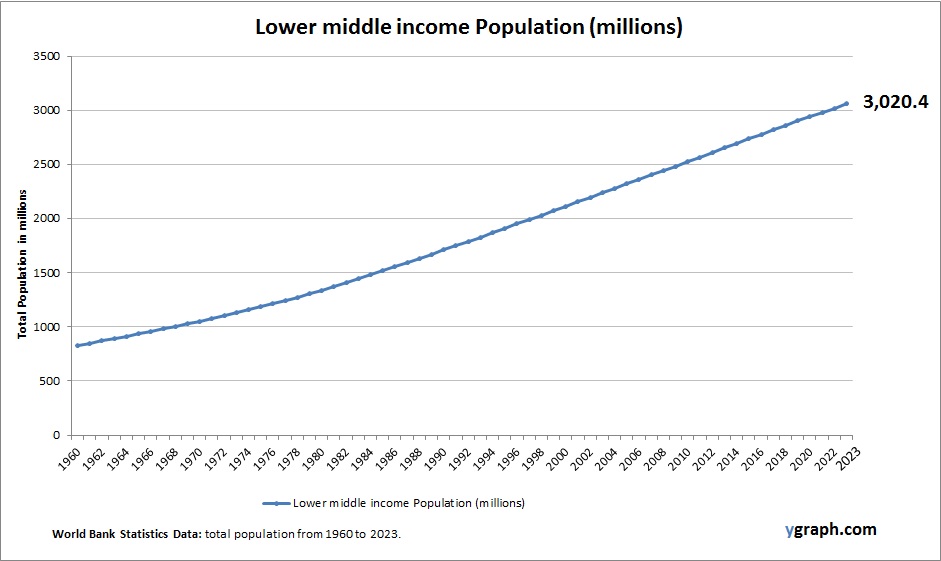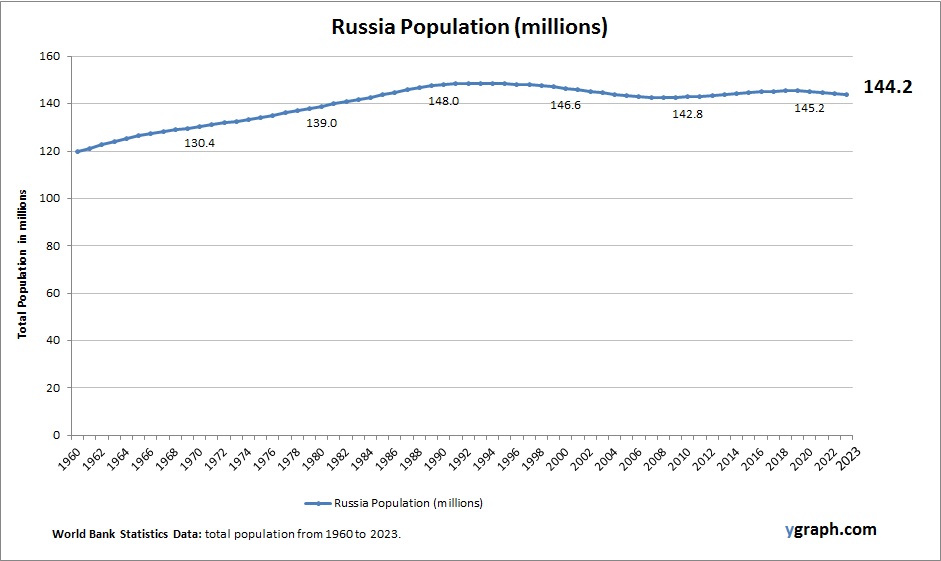Chart above demonstrates Cameroon Population. This is according to World Bank total population stats. Based on the latest available information for Cameroon.
Cameroons population is large and rapidly growing, sustained by high fertility rates, particularly in rural areas. Despite increasing urbanization and development, access to family planning remains uneven, contributing to continued demographic expansion and a youthful population.


